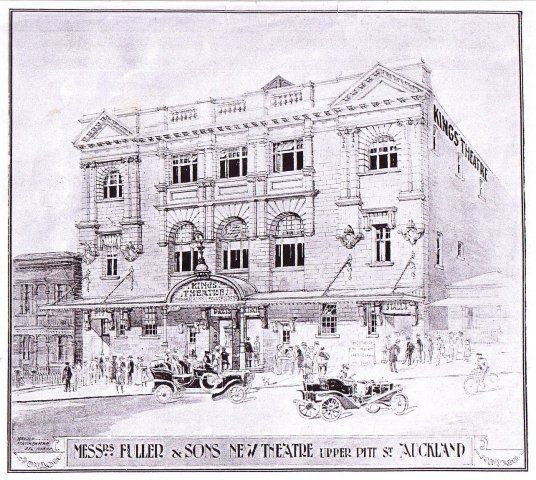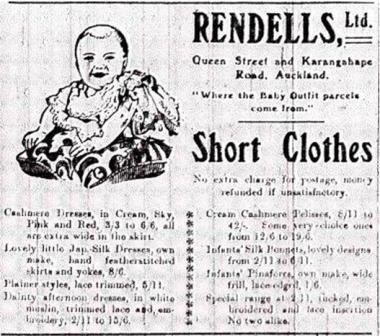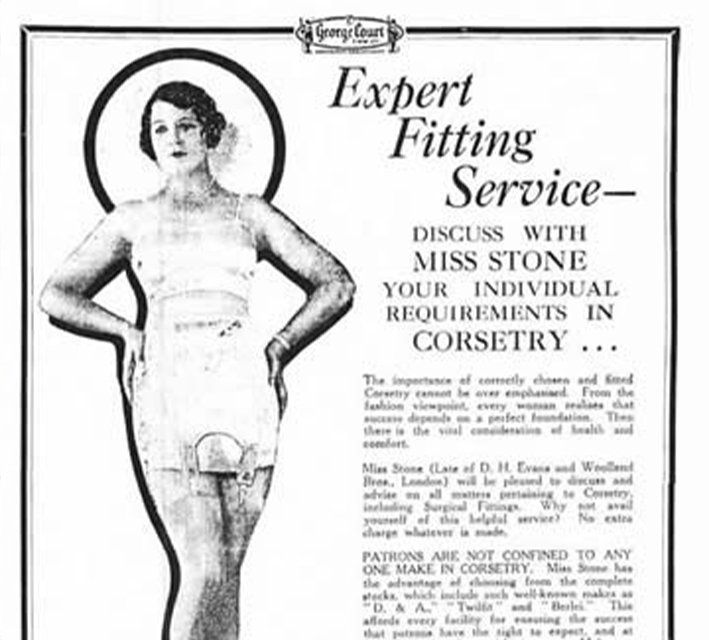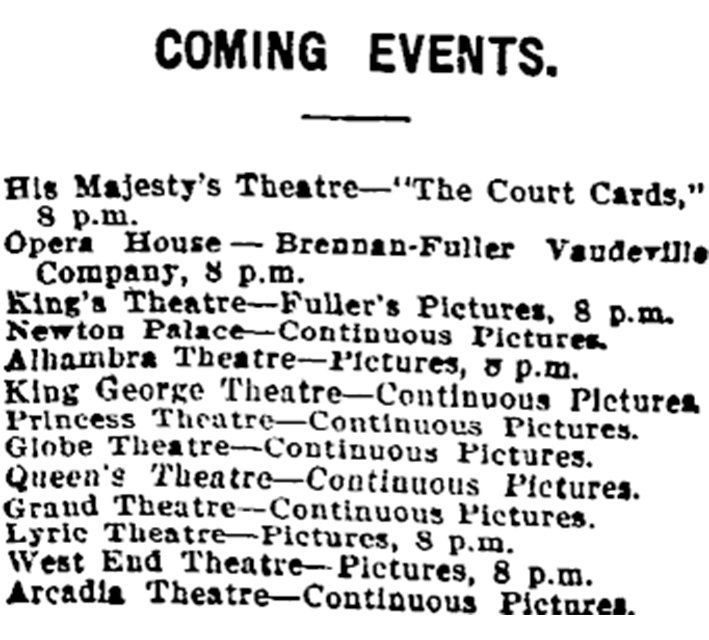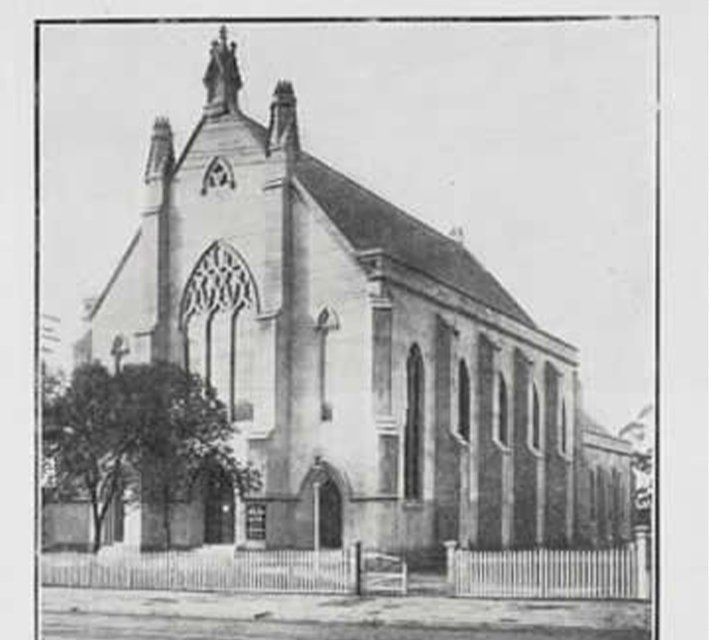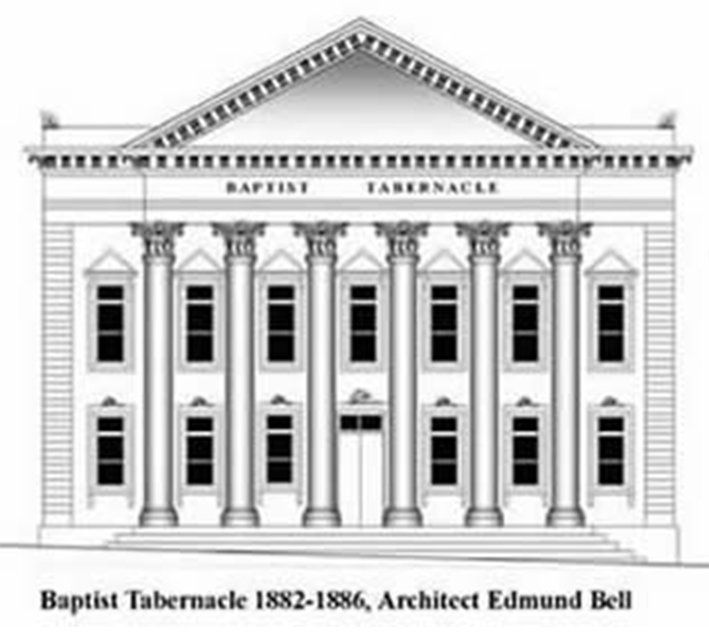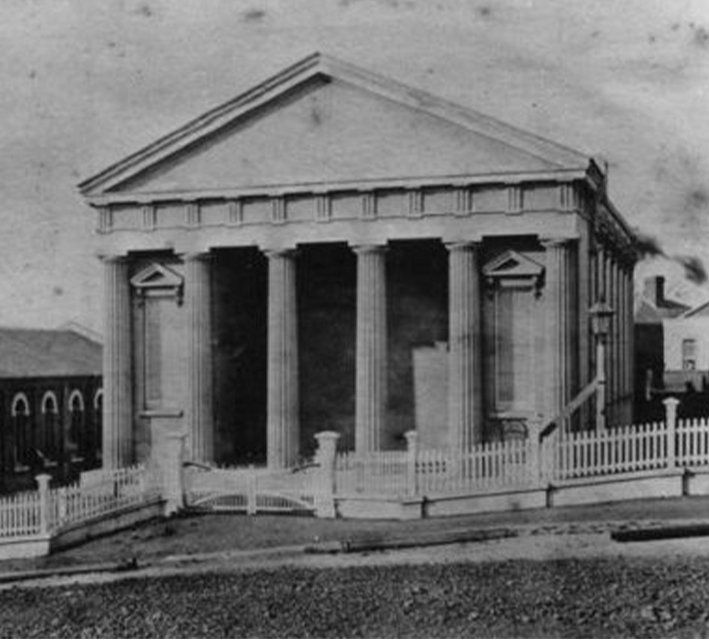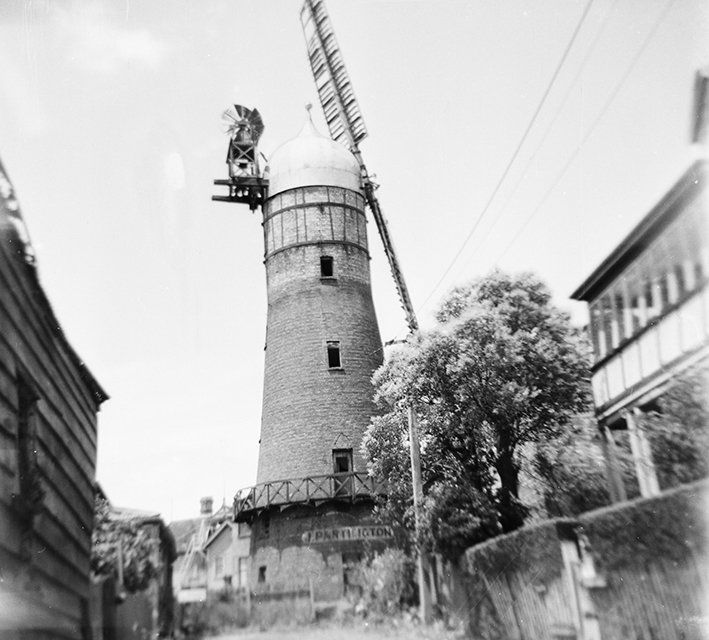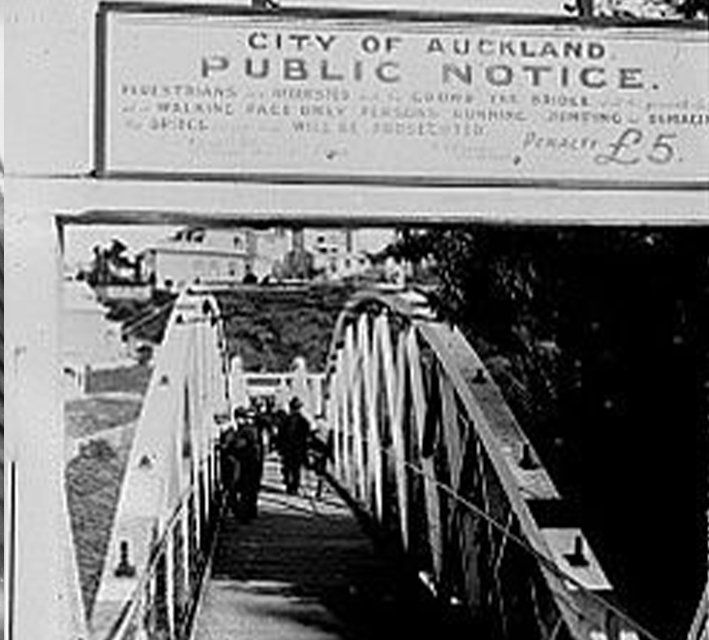Cinemas of Karangahape Road
Moving pictures were first shown at the Opera House in Wellesley Street in 1896, just six months after the first screenings in Paris that year. Initially Films were shown in any large room available so often existing theatres and lecture rooms were used but just about any hall was likely to be pressed into use as well.
Lectures utilising projected still images had been common for several decades, Magic Lantern shows were popular and were often of an educational nature rather than entertainment per se. For example clergymen often gave lectures about the Life of Christ involving a slide show with Views of the Holy Land or raised funds for overseas missionary work by similar views of exotic locations such as Africa or the Pacific Islands. Early films were very short (and of course, silent) but to begin with the novelty appeal of watching moving images was often enough to attract an audience rather than the actual stories being told.
Note this notice from 1915 in which eleven cinemas in Auckland are mentioned after the two live theatres but apparently the vague description of "Continuous Pictures" is felt sufficient.
As films were very short showing a range of topics, trying to appeal to a broad range of tastes was very common "Continuous pictures" would generally involve at least one each of the following; Drama, Travelogue, Newsreel, Documentary, Animated short, and Comedy. Often Vaudeville Theatres included films as part of an evening's lineup, indeed some found films so much easier to organise than live performers that some changed from organising live theatre to specialising in film.
In the 19th century there were a succession of theatres and hall constructed in central Auckland mostly in the Queen Street valley - it wasn't until the second decade of the 20th century that cinemas appear to started operating in the K Road area. By the end of the 1920s, almost 40 cinemas were operating in central and suburban Auckland, some in converted structures and many in purpose built buildings.
Initially prints of films could be imported by any exhibitor, often leading to parallel "premieres" of the same film by rival companies. In 1911 leading exhibitors, such as Fullers' Pictures and Hayward's Picture Enterprises, started to obtain exclusive rights to certain films and screened them in the chains of theatres under their control and rented them to independent exhibitors. This established a pattern of cinema organisation and picture distribution which continues in an altered form to this day.
THE KING'S THEATRE, UPPER PITT STREET.
King's Theatre/ Prince Edward Cinema/The Playhouse/The Mercury Theatre.
This is now Auckland's oldest surviving Theatre, although ironically it has a very small stage compared with virtually any of the other venues extant or demolished. It was thought for many years that this was the first purpose built cinema in Auckland but that status belonged to the (now demolished) Lyric of 1911 on nearby Upper Symonds Street, followed by the extant Victoria of 1912 in Devonport.
The confusion probably came about due to the fact that a film was shown on opening night in 1910 but plans in the Council Archives show it wasn't until 1914 that it was modified to include an actual projection room at the back of the circle.
On New Years Eve in 1911 it (and the Globe on Queen Street, a theatre now demolished) screened parrael imported copies of the first colour film ever seen in this country (not just a coloured in black & white film)
In 1926 (following the fire at Auckland Opera House in Wellesley Street) the Fuller Corporation renovated this theatre to be their flagship venue in Auckland in the face of competition from the new St James Theatre. This new role resulted in a new entrance from Karangahape Road being built.
The 1910 portion of the building was designed by Edward Bartley (who died in 1919), the addition was by Daniel Boys Patterson who was the main designer employed by Fullers from abut 1913 onward. When it reopened as the Prince Edward Theatre it appears to have continued presenting a mixture of live vaudeville acts and Motion Pictures.
Subscribe to the
Karangahape Road newsletter...
NEWSLETTER
Thank you for signing up for our newsletters.
Please try again later.
Karangahape Road Business Association © All Rights Reserved 2020
Made by Monster Valley & This Needs Doing
AUCKLAND TRANSPORT JOURNEY PLANNER:
Find out your best route to Karangahape Road by bus, ferry or train.

